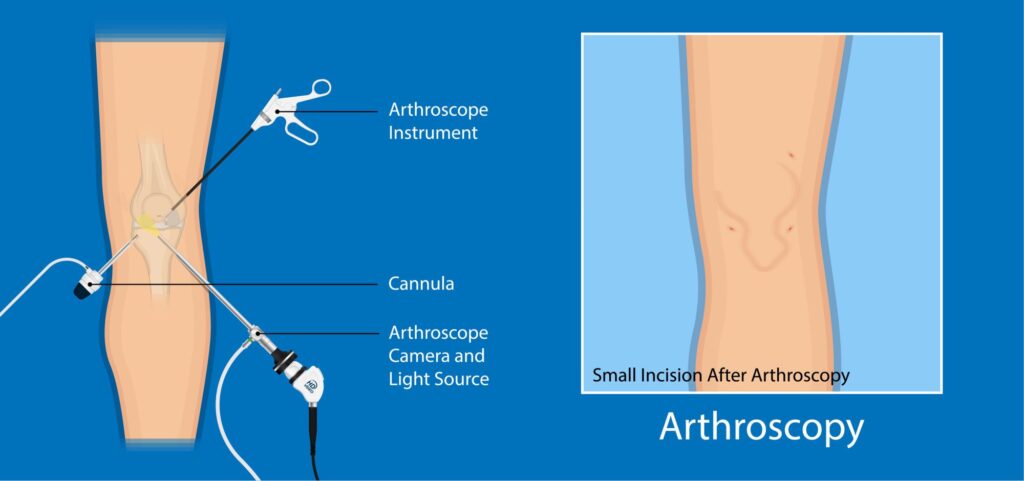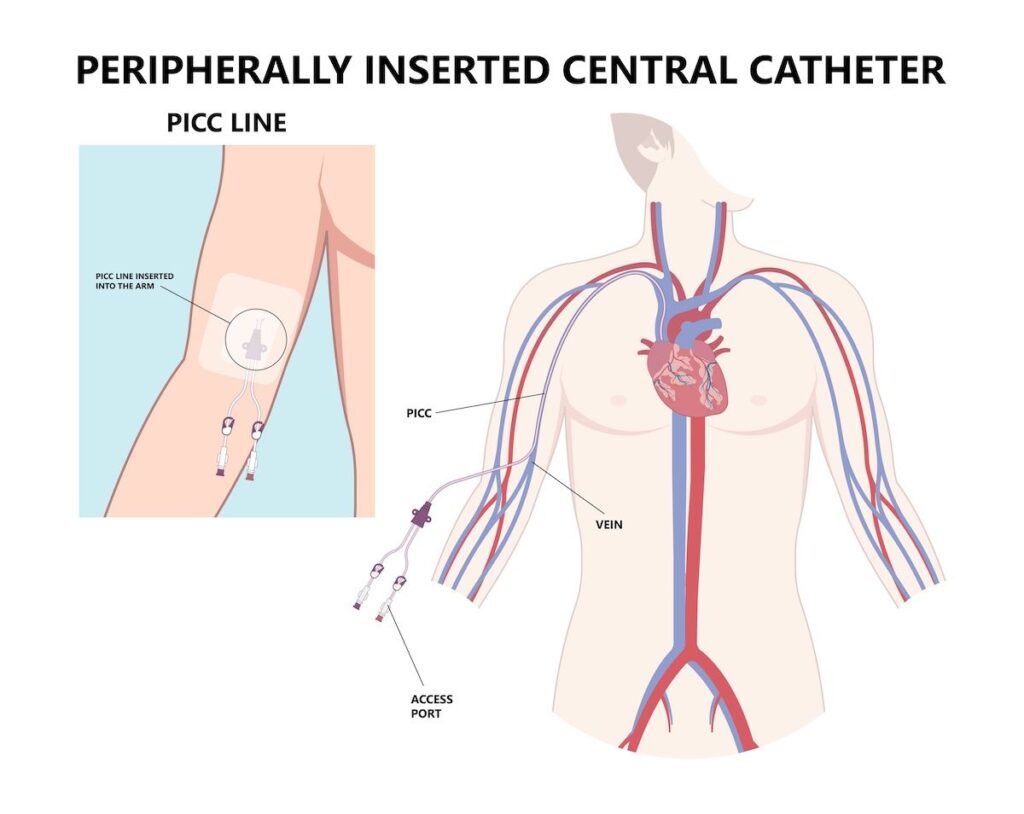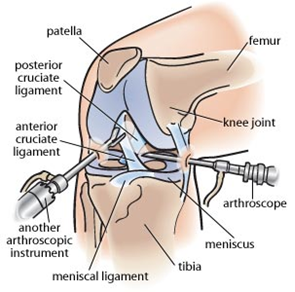The symptom was innocuous: a sudden fever after I ate a bad piece of ‘bao‘ – “siopao” as we call it back in Manila. My body reacted by trying to eliminate it from my system when I took a brief shower. I was sure that I didn’t get rid of all of it. The fever fluctuated between highs and lows even as I attempted to manage it by taking only Tylenol every four hours.
On the 4th day, I felt significantly better and tried to return to my routine by doing some yard work and light household chores. They were not back-breaking work, but it was all the bacteria needed to strike back at me at the end of the day.
The following morning, not only did I have the fever back, but I also had severe pain on the top portion of my right knee. There was no swelling but, merely touching the area elicited very sharp pain and walking was extremely painful.
After the sixth day, I gave up all hopes of self-medication as the fever shot up to record highs, and walking was now excruciatingly painful. We called the hospital and were immediately scheduled for an appointment for the following day.
At the hospital, blood, urine and synovial fluid samples were taken, as well as chest and right knee x-rays. The fluid drained from my right knee didn’t look too good (yellow-orange color), and I was wheeled directly to the ER. There, further blood and synovial fluid samples were taken, and I was put on IV.
An orthopaedic surgeon was brought in and talked to me briefly about my kidney operation of 1981, when my right kidney was removed due to hydronephrosis and pyelonephritis. He suspected that I had urinary tract infection and that it had caused the fever and the severe pain in my right knee. He tapped my remaining left kidney to elicit pain as well as the area above my bladder. I told him that there was no pain in either place.
The surgeon returned to explain to me that he had to perform an ’emergency’ arthroscopic surgery on my right knee to get rid of all the “bugs” and infection in there. Worse, he will have to open up the knee (arthrotomy) in case the infection was much severe than he thought, to eliminate the possibility of the infection, doing more damage to my still-intact knee.
The knee X-rays revealed no ligaments or meniscus damage; however, allowing the infection remain in the knee for an extended period can cause severe damage to healthy tissues in a relatively short amount of time.
So, that same day, very late at night, I was wheeled in to the operating room (OR) for either a quick arthroscopic surgery or a much longer, open-knee surgery. Inside the OR, I was probably awake for only five minutes and quietly prayed for the best.

It was way past midnight when I woke up to find myself in the recovery room, with my right foot heavily wrapped in an elastic bandage and a much thicker foam wrap secured by Velcro straps to immobilize the area from the top knee down to my ankle. There was also a MediVac (drain) coming out of my right knee via a rubber tube.
After the second day at the hospital, the drain was removed. The following day, all the straps and bandages were removed. I was glad to find only three slits on my knee (two at the bottom and one on top): ONLY arthroscopic surgery was done and my knee was not opened-up. Still, without the pain- killing medication (Vicodin), moving the knee -mainly sideways – elicited severe pain that rang up my entire CNS (central nervous system).
Throughout this ordeal, a wide array to antibiotics was administered on an 8 hour cycle via IV. At the same time, the doctors awaited the results of the blood culture and sensitivity (C/S) test to determine the ideal antibiotic for the specific bacteria causing the infection. My right knee was still swollen like an overripe papaya.
On the 4th day, the most effective antibiotic had been identified, and the doctors informed me that a ‘PICC line’ would need to be inserted so that I can administer the antibiotic at home.

On day five, the PICC (Peripherally Inserted Central Catheter) line was inserted folowing a 45-minute OPD (out-patient department) procedure. It was a very slender piece of plastic tube inserted through a vein in my right arm (the nurse informed me that this was the shortest “route”) that was initially guided by a thin wire.
The tube ‘snaked’ all the way up to a large vein (subclavian vein) situated very near the heart. The main idea was to deliver the antibiotic rapidly to my bloodstream while diluting it at the same time in the area where plenty of blood rushes by, for a more extended period than drip IV (which is usually effective for four (4) days).
As a standard procedure, an X-ray was taken to make sure the PICC line was in place; otherwise, the entire procedure will have to be redone. I was also informed that the PICC line will remain in my body for two weeks.
That done, I was out of the hospital after a few more hours of briefing — all related to the arthroscopic surgery on my knee and the PICC line they had embedded in my body, as well as how to administer the drugs at home.
For now, I’m simply looking for better days ahead — return to my daily routine. But this time around, I will be more thankful for each day that passes.
Simply being healthy is, indeed, a feeling of already being wealthy.
—links:
www.arthroscopy.com
www.thefurrymonkey.co.uk/picc.htm
EPILOGUE:
After the successful surgical procedure, all necessary medications and supplies (required for administering antibiotics at home), as well as durable medical equipment (DME) were delivered by a third-party provider.


Leave a Reply